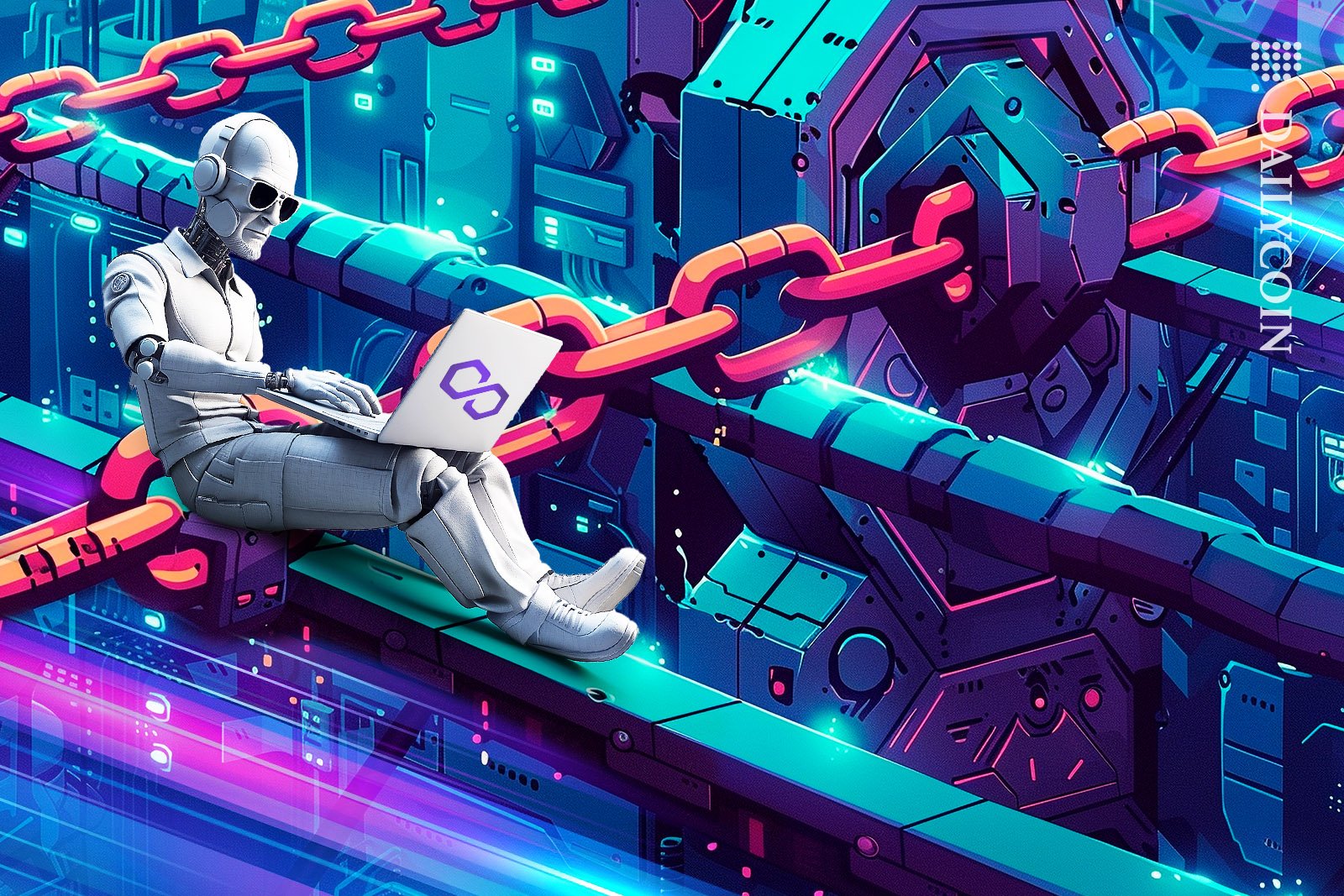- Polygon’s interoperability solution is set to get closer to its final form with Nodekit support.
- Nodekit integration promises to significantly improve the user experience of AggLayer chains and open up new possibilities for developers.
- In addition to improving the AggLayer experience, developers are also pushing for integration to help Ethereum better compete with Solana.
Last year, Polygon Labs presented a new vision for scaling Ethereum infinitely by horizontally connecting as many blockchains as possible. At the center of the company’s new vision is AggLayer, an interoperability solution designed to allow users to experience interactions between connected chains as if they were a single chain.
In February 2024, the first version of the protocol was released, laying the groundwork for the final vision with integrated bridges and shared proof validators. With the recent announcement that Polygon-based chains will receive Nodekit support, the protocol appears to be closer to its final form than ever before, enabling near-instant and atomic transfers between chains and opening up new possibilities for developers.
An ecosystem of seamlessly connected “superchains”
Polygon’s interoperability solution will move closer to its final form with Nodekit support. Polygon Labs announced in an X post on Wednesday, June 26 that its composability layer, Nodekit, provides synchronous composability for AggLayer and CDK chains.
Synchronous composability between blockchains refers to the ability to combine functions so that different blockchain networks can execute processes and smart contracts simultaneously. This synchronous composability opens up entirely new cross-chain interoperability experiences with features such as near-instant cross-chain transactions and interoperable smart contracts.
As highlighted by Polygon Core Contributor “Vinito Papasito,” Nodekit unlocks this synchronous composability by allowing chain ecosystems to launch their own shared sequencers or join the existing shared sequencer ecosystem, known as Composable Networks.
A sequencer is an entity in a blockchain network that is responsible for ordering layer 2 transactions before they are batched to the mainnet.
Using Nodekit, Polygon contributors explained that projects can launch their own network of shared sequencers on top of AggLayer. This feature is expected to be particularly useful for projects like Ronin that want to support multiple CDK-based zkEVMs, and Papasito has come up with the idea of a “Ronin Superchain”.
Meanwhile, in addition to improving the Polygon AggLayer ecosystem, developers have also made moves to better enable Ethereum to compete with Solana.
Challenging Solana
The main narrative advocated by developers promoting the recent collaboration between Nodekit and Polygon is that it brings to the Ethereum layer 2 chain the synchronous composability available on the Solana layer 2 chain.
This sentiment has arisen because the Solana ecosystem has largely been the center of attention in the current market cycle. Speed and scalability have been key factors driving Solana’s success, allowing it to build a thriving retail user ecosystem.
On the flip side
- The Nodekit composability layer based on AggLayer is not yet released, but is expected to be released in Q4.
- Each project can choose whether to use Nodekit or not.
Why this matters
The ultimate goal of Polygon’s aggregation vision is to enable seamless interoperability between connected chains. The recent Nodekit collaboration promises to lead the network to the finish line.
For more information about Polygon, read:
Polygon (MATIC) Aims for a Bullish Rollup from Battered Ads
Should you be concerned about the US government’s recent moves on Bitcoin? Check this out:
US Government Moves 4,000 Bitcoins: Is a Selloff Imminent or No Burger?

